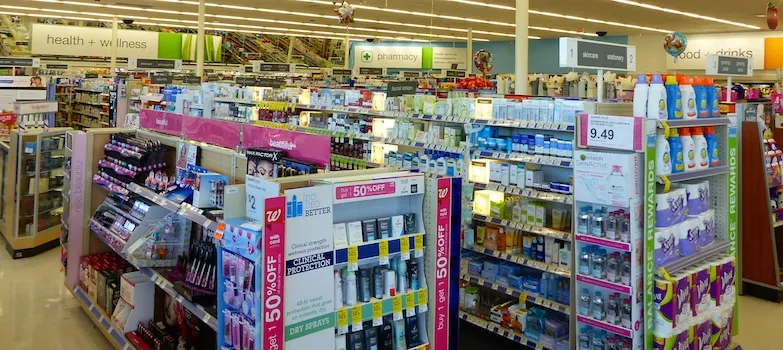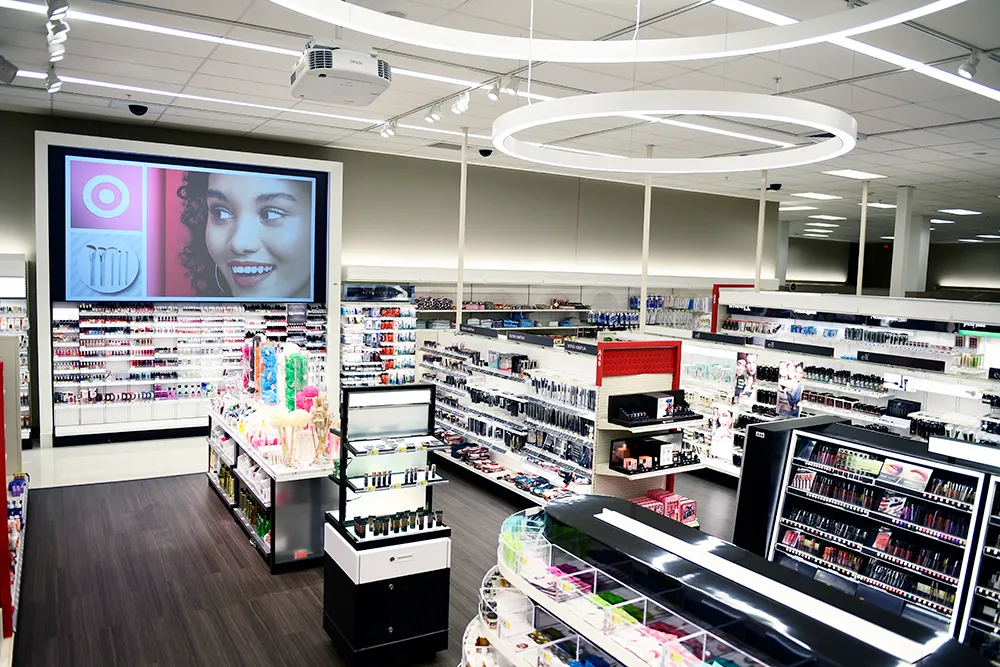Today’s product landscape is highly competitive. Speed-to-market continues to be an important product launch factor, but it isn’t everything. Often, overly eager companies introduce a new CPG item too quickly while overlooking critical steps that could prevent costly mistakes. In fact, according to research conducted by IRI, it is estimated that between 60% and 80% of new consumer packaged goods launches fail in some way.

Jen Johnston
Although there is no guaranteed path to market, there is little debate that companies of all sizes generally benefit from taking a step-wise approach to new product launches.
Successful introductions start when the market need is clearly identified. Ideas can sound great in theory, but investing in early market research can help a brand learn whether such a need is real or imagined. Start with a product concept that can be taken to a research firm that specializes in measuring consumer attitudes.
This type of research is best conducted in conjunction with a gap analysis. From here, segmenting the consumer base is key. An objective approach to market evaluation will help a company define a target market for the product concept.
Once these tasks are complete, a decision should be made whether or not to proceed. Some ideas will not make it past this stage, and that is preferred over a failed launch. Investment in early market research on a product that does not move forward can pale in comparison to dollars wasted on a product that had no demand.
If it’s determined that the launch should move forward, it is necessary to evaluate the competition. After all, there may be a consumer need, but if the market is saturated, the branding and promotional plans will be affected. This research should roll up into a robust SWOT (strengths, weaknesses, opportunities, threats) analysis that should also include pricing and category research.
At this stage, an enhanced product concept should be put together that includes the product attributes — form, flavor, ingredients — and the product name. Early package design concepts can be developed after a feasibility study that determines what kind of physical packaging is manageable for the price range the item must be in to compete.
Developing renderings or a physical mock-up for a consumer focus group is paramount. The outcomes of this study will help inform where a product concept or its packaging design might need to be tweaked.
Next, the product can become a physical reality. A manufacturer must find a production facility that can produce the item so that it still will provide a good margin after stocking fees, distribution and promotional costs are considered. Additional investors may need to be explored at this stage.
Production is an exciting stage for a company to be at; however, the job isn’t done once an item is produced. There are two critical next steps, and they usually occur simultaneously: igniting interest among consumers and retail or wholesale buyers. Building demand among both of these groups is key to moving forward.
A marketing plan must be developed that identifies audience, message, channels, timing and promotional spend. Sometimes this requires an additional dive into how competitors are marketing themselves and what they are spending.
A well-designed and -executed marketing plan can help you engage with shoppers, encourage sell-through and keep focused. A 2018 study by Nielsen discovered that after reviewing 600 product launches across multiple markets and categories, one-third of the initiatives failed as a function of insufficient marketing support.
If the marketing plan is successful, consumers will be driven to the store, so it’s important to make sure your product is there when they walk in. Convincing the retail buyer to carry your product can be a daunting task, but if you’ve taken the right steps early on, you’ll already have a compelling story, data that backs up the need for your product, and a polished plan for success.
To further ignite the interest of these supply chain partners, you need good product photography, solid placement rationale and marketing tactics tailored to the retailer you are courting.
Once a brand makes it to shelf, the process starts all over again. Manufacturers need to continuously review their growth strategies to identify new channels, demographic targets or categories that would be a fit. Established brands should identify how they plan to increase market share.
A strategic, step-wise approach to a successful product launch can lead to success and growth.
Jen Johnston is an industry researcher and writer with Hamacher Resource Group Inc.









